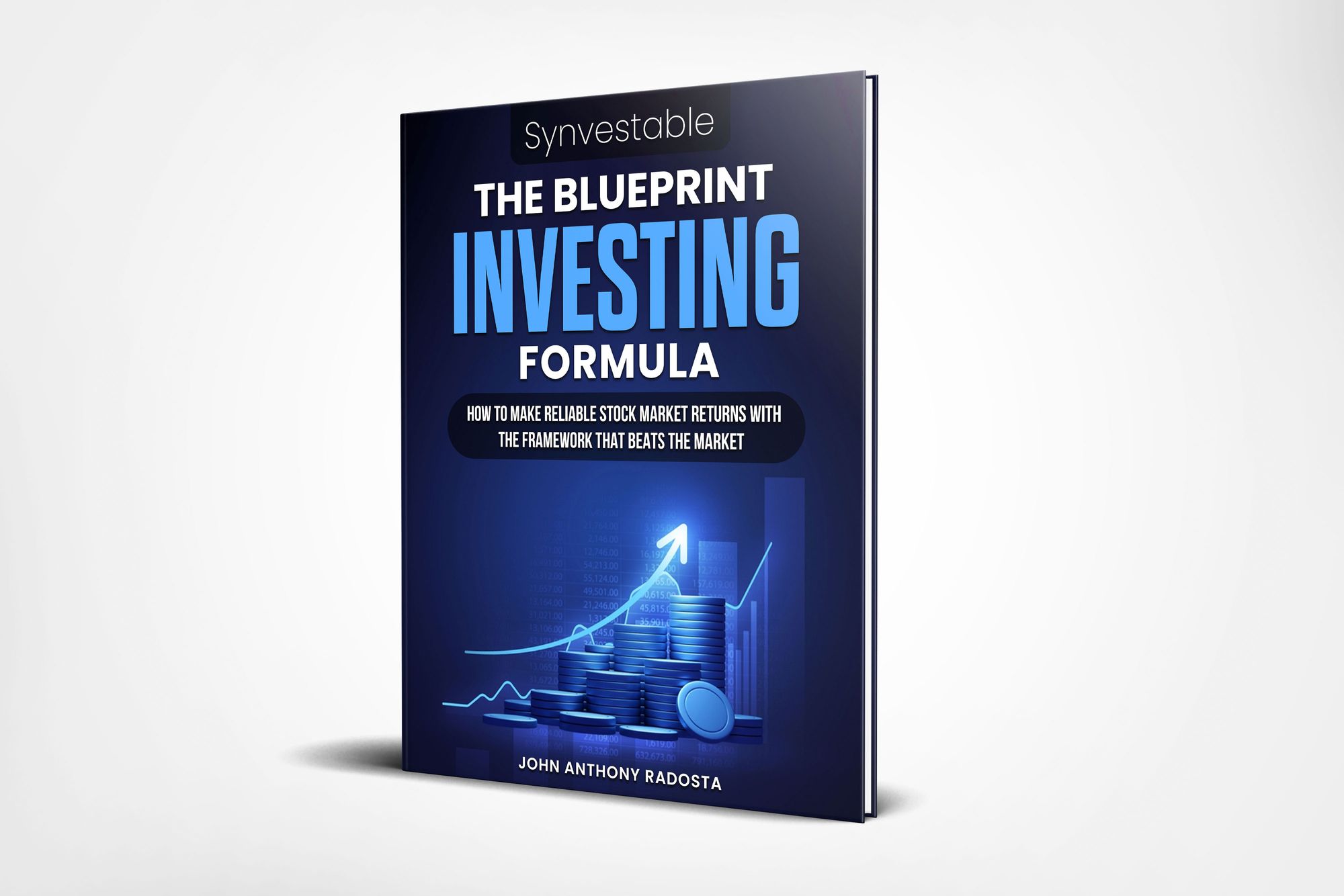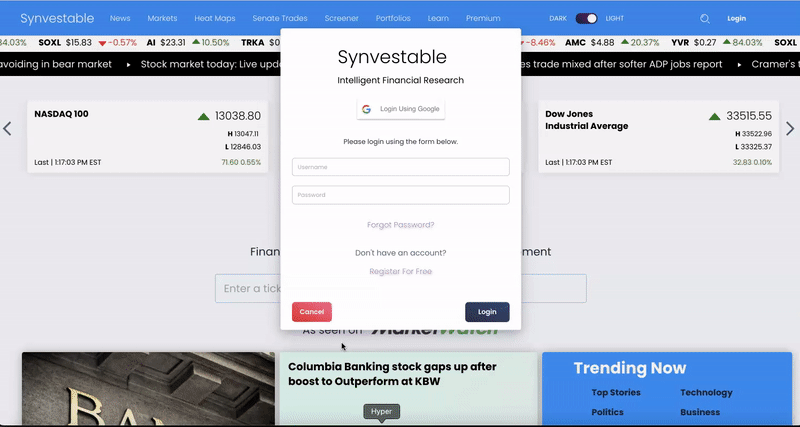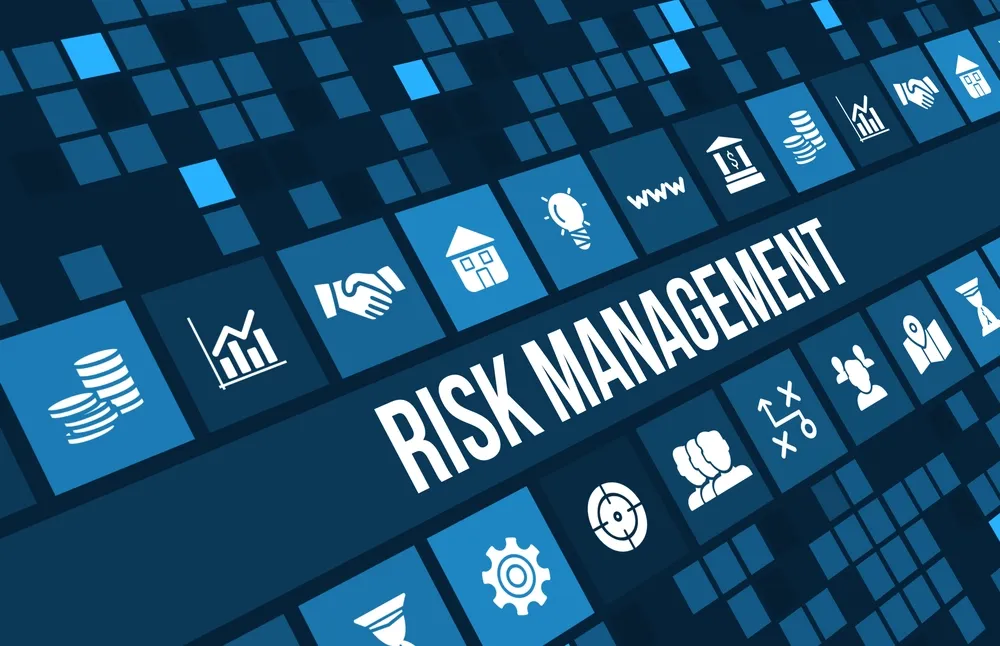The Two Rules of Investing
Risk management is an important element to achieving long-term investment results but it often gets overlooked by investors as generating returns takes center stage.
Due to the compounding effects of investment returns, losing money can be a catastrophe. That’s why Warren Buffett has two simple rules when it comes to investing.
Rule #1: don’t lose money.
Rule #2: don’t forget rule #1.
This article will discuss five risk management strategies every retail investor should add to their toolbox.
Keep Allocations Top of Mind
Investors are exposed to a variety of risk and return factors depending on the allocation choices they make. Keeping asset allocations top of mind not only helps control risk but can also allow investors to achieve excess returns through rebalancing. Knowing your portfolio’s allocation gives you the information needed to make short-term tactical decisions into undervalued asset classes, sectors, or industries.
The starting point in determining asset allocation is between equities or fixed income but then continues down to choices of allocation between geographies, sectors, industries as well as value or growth factors. The decision to invest portions of your portfolio actively or passively, and whether to outsource some of your portfolio to external advisors can also be considered allocation choices.
Subscribe For FREE Stock Insights!
And a chance to win free shares of stock.
Avoid Behavioral Biases
Investing can be just as much a mental challenge as an intellectual one. Incorporating constraints can control risk exposure to a variety of portfolio factors and also helps to keep behavioral biases in check. Large institutional investors and investment funds have strict constraints and boundaries laid out in their investment policy statements and retail investors should do the same. Some popular constraints relevant for retail investors are laid out as examples below.
- Diversification: Portfolio Size ($1 million) ÷ # of Securities (50) = $20,000 investment
- Allocation: Max Weighting (5%) x Portfolio Size ($1 million) = $50,000 investment
- Over/Under Weighting: Index Weighting +/- 5% (on a security, sector, etc.)
Constraints mean nothing if you don’t abide by them though. It is good practice to write your constraints down in order to avoid forgetting them, or ignoring them, in the future. Sharing your constraints with your spouse, partner, or investing buddy can also help you stay truthful to your risk-reducing strategies.
Research & Buy With a Margin of Safety
Risk is often measured by volatility in the finance world, but value investors know that true risk comes from making poor investment choices that result in permanent losses. Researching your investment ideas and portfolio companies in detail can help lower this risk but mistakes will still happen. To make sure mistakes are minimal, always have an estimate of intrinsic value and buy with a margin of safety. Write this number down in a spreadsheet and keep it updated as a company’s intrinsic value grows …or shrinks.
You can use Synvestable's Buffet Indicator to determine if you're buying companies at a proper margin of safety to fair value:
Have an Emergency Fund or Cash Reserve
Being forced to sell in a market downturn is one of the worst things that can happen to investors. This risk can be avoided by never overextending your portfolio and always keeping 3 to 12 months of living expenses in cash to ensure you never have to sell in a market bottom. If investors are comfortable utilizing margin leverage in their portfolio, this risk management strategy means to use margin sparingly and always be able to absorb a +25% drop in the markets without receiving the dreaded margin call.
Cash can also mean short-term investment vehicles such as high interest savings accounts or GICs with a horizon to match the planned expenditure. Be sure you are getting some return on your emergency fund or cash reserve to keep the power of compounding working for you!
Depending on the stability of one’s employment, the amount of emergency fund that is appropriate will vary. Certain professions, such as a realtors or stock brokers, are more economically cyclical and the emergency fund should be higher to reflect this risk in one’s human capital. Plan ahead for near-term large expenditures with a cash reserve as well. This could be items such as an upcoming purchase of a new car, new home, vacation, or planning a renovation.
Subscribe For FREE Stock Insights!
And a chance to win free shares of stock.
Use Protective Put Options when Appropriate
Investors often associate options with adding leverage (buying call options) and generating extra income (writing call or put options), but options can also be used as a risk reduction tool through buying put options. A put option gives the holder the option to sell the underlying security at the strike price on or before the expiry date. Known as a protective put strategy, buying a put option on a specific security or broad market index that is already owned in the portfolio can limit losses on the investment. While not necessary in every market condition, strategically using protective put options when things get expensive or risky make a lot of sense just as having insurance on your home does.
Using a protective put option strategy allows an investor to continue participating in the upside of the market while limiting the downside. Staying invested in the market and collecting dividends helps to offset part of the cost of the option which can be thought of as an “insurance premium”. To give investors an idea of the cost of buying insurance on their portfolio through a protective put option strategy, at the time this article was written, the cost of an at-the-money put option on the S&P 500 expiring in one year is around 8-9% of the underlying value of the index. With the dividend yield on the S&P 500 at 1.5%, the net cost to hedge a passive S&P 500 portfolio would be 6.5% – 7.5%.
Investor Takeaway on Risk Management
Managing portfolio risk is key to achieving long-term investment results. Investors need to be aware of the risks in their portfolios and manage them appropriately. There is no substitute for doing your homework and buying with a margin of safety but the unexpected can always occur. Plan accordingly and don’t be caught swimming naked when the tide goes out.
***SIGN UP FOR FREE TRIAL!***
To monitor risk in real-time and get the absolute best portfolio management tools in the industry, check out our FREE TRIAL for our Accredited Premium Plan.
Don't Let Years of Lost Compounding Cost You
Get the the special research that still beats the market.

Register For Free in Seconds! Click The Image
The absolute best app in finance. Register in 3 seconds using your Google Account!

Subscribe For FREE Stock Insights!
And a chance to win free shares of stock.
DISCLOSURE: Synvestable is a financial media provider only and is providing the above data for research purposes only. Please consult your financial advisor before investing as investing carries the risk for potential loss of capital. For more information, please consult our Terms of Use on www.synvestable.com





